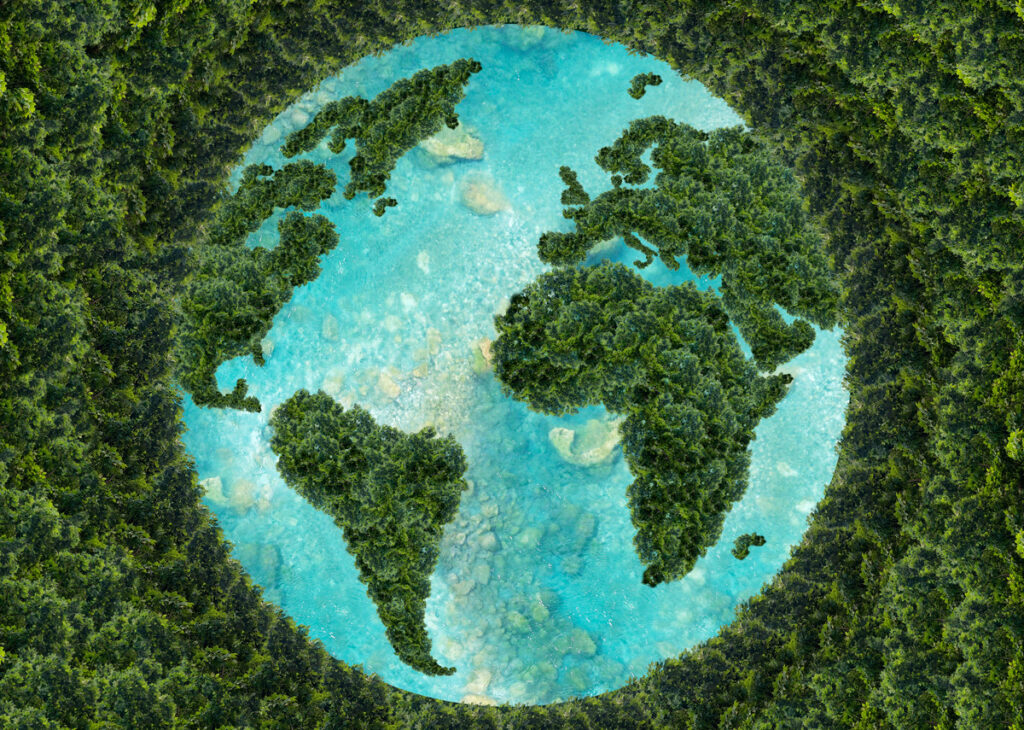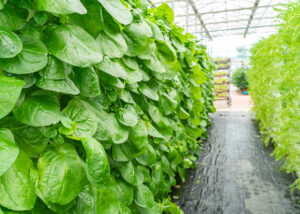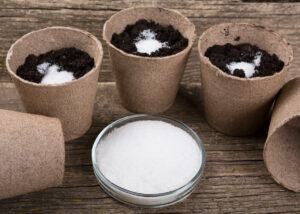Traditional farming is a term used to describe agriculture that is based on the use of chemical fertilisers and machines. As you can imagine, there is a growing concern about the environmental impact this type of farming has. GelPonics is a potential alternative to some traditional farming methods.
In this post, we will explore more about the environmental toll farming is taking on the planet and how GelPonics can help reverse this.
Environmental Challenges in Traditional Farming
The agriculture industry has been shown to have a significant impact on the environment, including:
- Soil degradation and erosion are when topsoil and nutrients are lost due to poor land management.
- Water pollution and depletion is when harmful substances, such as chemical fertilisers, leak into streams, rivers and lakes.
- Deforestation and habitat loss are when forests are destroyed to enlarge farmland meaning animals lose their homes.
- Greenhouse gas emissions and climate change due to carbon dioxide, methane and nitrous oxide emissions associated with traditional farming methods.
- Loss of biodiversity due to land use changes means a decline in the number and variety of species and biological communities.
If we dig deeper into this, we can see:
- More than 700 million hectares of the world’s land are now devoted to growing staple cereal grains, nearly half the planet’s cultivated land.
- Hundreds of millions of acres of land are also set aside as pasture for cattle and other livestock, causing much native vegetation to die off. Livestock is also one of the most significant causes of global greenhouse gas emissions, mainly methane.
- Agriculture also accounts for 70% of human freshwater consumption. This large-scale consumption is causing a depletion of river systems and downstream groundwater.
- The use of chemical fertilisers has also brought about a 600% increase in the levels of reactive nitrogen in the environment, meaning it is now classed as a pollutant.
The Role of GelPonics in Mitigating Environmental Impact
GelPonics is a sustainable growth substrate for plants made from a non-synthetic hydrogel, which can hold all the water and oxygen required for healthy crop root growth.
The benefits of GelPonics in addressing environmental challenges include:
- Conserving water through more efficient moisture retention thanks to hydrogels increases soil water holding capacity while reducing moisture loss through deep percolation.
- Reducing the need for chemical fertilisers and pesticides thanks to its improvement of their performance.
- Minimising soil erosion and degradation thanks to a reduction in drought stress.
- Decreasing your carbon footprint and greenhouse gas emissions because they are manufactured from everyday low-carbon products that use an energy-efficient manufacturing process that produces less CO2 than stone wool.
- Supporting biodiversity and ecosystem health.
Traditional farming is taking quite a toll on our environment, thanks to its effect on soil degradation and erosion, water pollution and depletion, deforestation and habitat loss, greenhouse gas emissions and loss of biodiversity, amongst other things. Our product, GelPonics, has the potential to be a more sustainable alternative because the hydrogel technology we use means it can help farmers save water and control fertiliser, as well as being a low-carbon footprint product that is 100% compostable.
If you want to collaborate with us to research and explore how GelPonics can address environmental concerns in agriculture, please get in touch with us at 07867 502247 or email us at info@aehinnovativehydrogel.com


